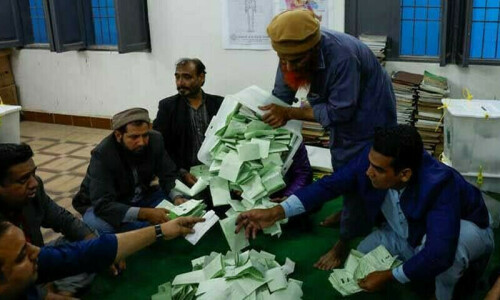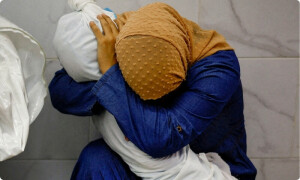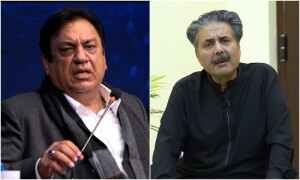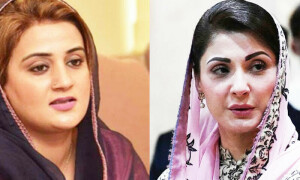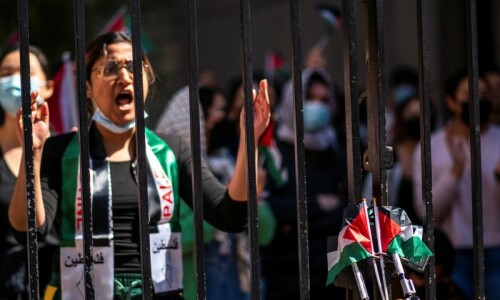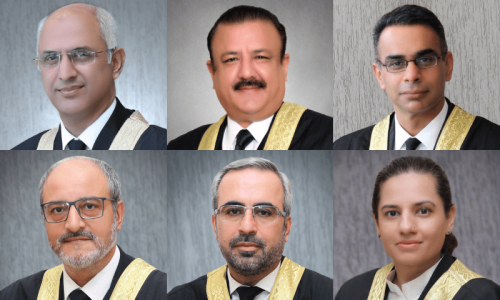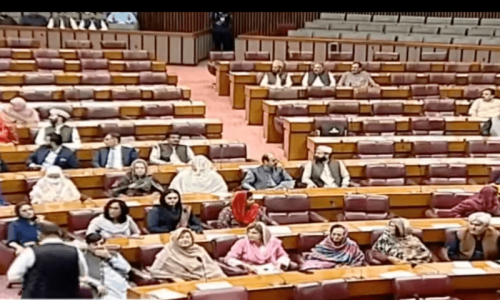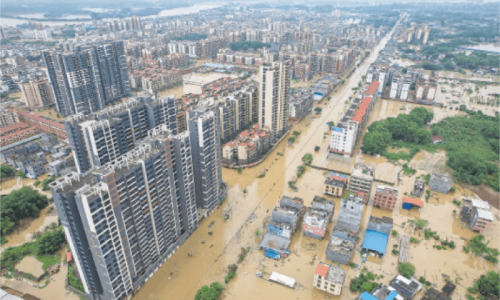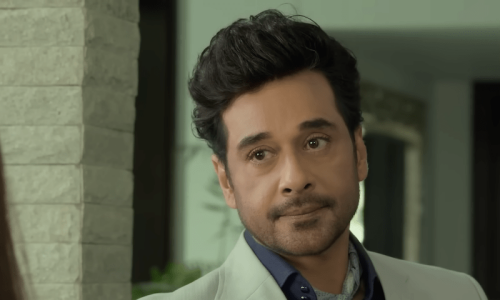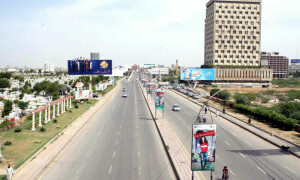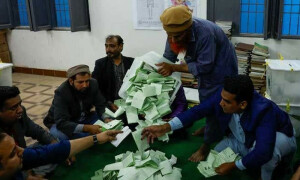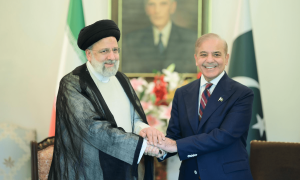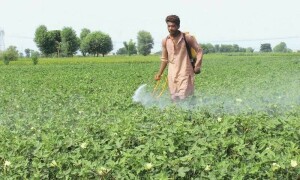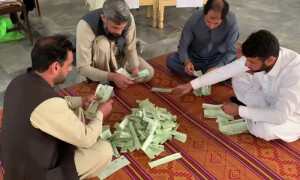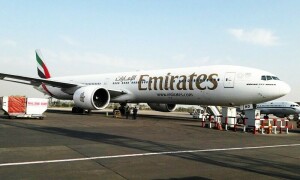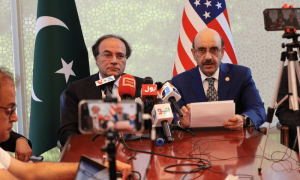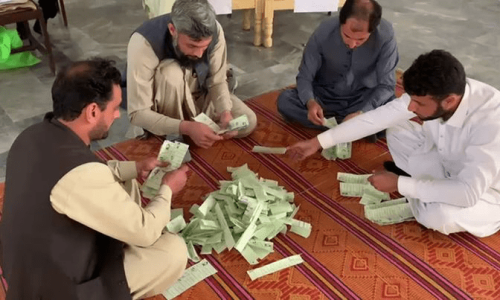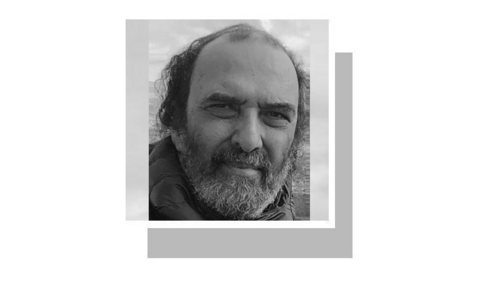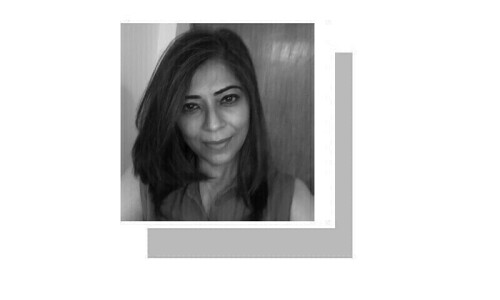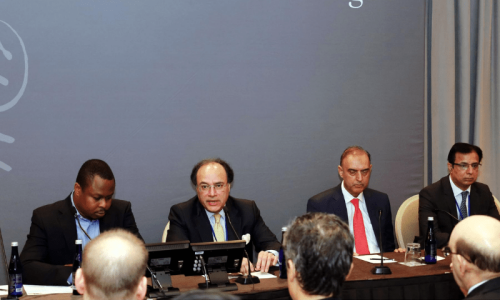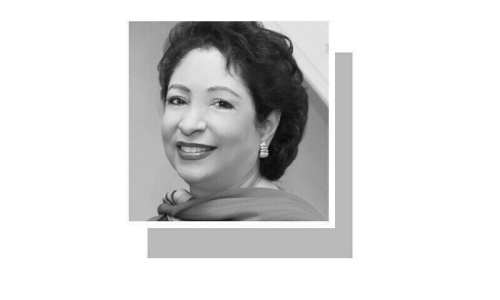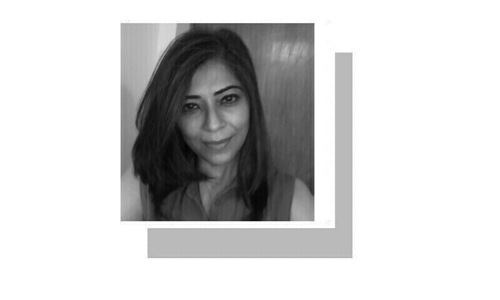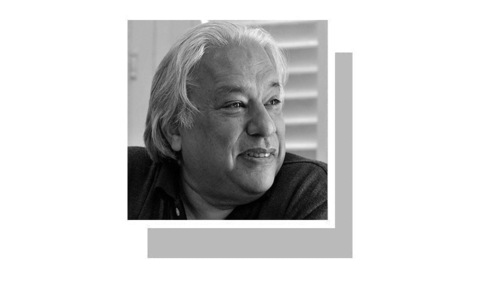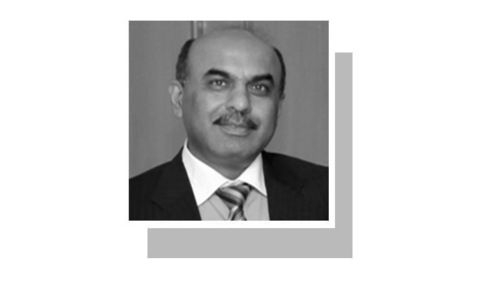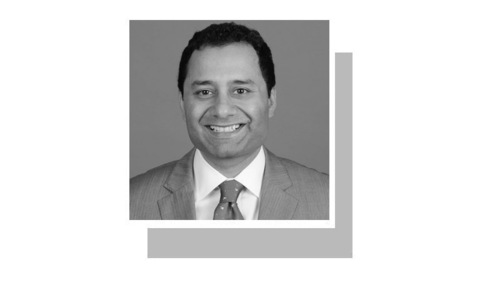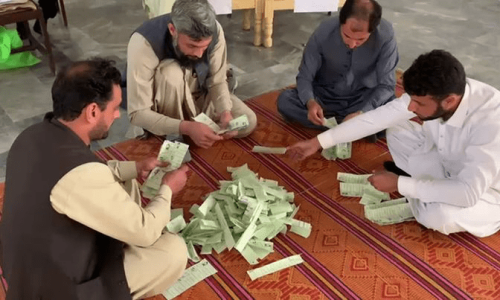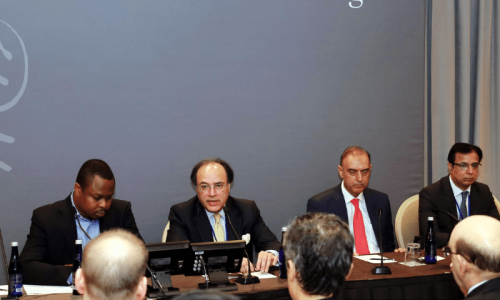
PESHAWAR: The region has been “cleared” of militants. Observed from the elevated safety of a military helicopter, it also seemed like it had been cleared of people as well. This is now a region where there is a hardly a soul visible except those in military uniform.
Long ruled under a parallel discriminatory law like other tribal agencies, the Waziristan territory now seems destined for transition from being the exclusive realm of the political agent to a garrison.
How is this new development playing out in the context of North and South Waziristan?
Terrorism may have been the bane of Pakistan’s tribal region for long, but it has also paved the way for a development boon.
In the Federally Administered Tribal Areas, or in this case Waziristan, conflict is becoming a vehicle of change as the old tribal set-up melts away under the military.
Of late, the military has also taken multiple initiatives ranging from development projects to dispute resolution.
After flushing out militants from plains and deep ravines of Fata, the army is introducing change in social fabric and transforming tribal society into a semi-urban/rural set-up.
“We are in a rush to develop infrastructure because we want people to return to a different place where they have schools, jobs and security,” said Col Aamir in Shakai, South Waziristan.
This feeling of returning to a changed place and environment is echoed by Abdur Rehman of Mehsud tribe who has returned to South Waziristan after five years of displacement. “Everything here from the market places to urban centres are new to us,” he said.
This new socio-economic plan has been started from North and South Waziristan agencies.
Army units, particularly its engineers, have been engaged in building roads, bridges, schools, mosques, basic health units and water supply schemes as claimed by the field commanders.
Construction of urban hubs near villages is a new model in the tribal set-up. Each urban hub consists of separate model schools for boys and girls, shops, a mosque, a playground and children’s parks.
The army plans to build such hubs in North and South Waziristan.
Revenue generated on account of rents from the market goes to the military’s account. Teachers and other staff in both schools are locals.
Mohammad Ismail, who belongs to Mehsud tribe, has a retail shop in the newly constructed market. He pays Rs 2,000 monthly rent to the army.
“I was jobless. Now I am saving around Rs2,000 on a daily basis which is good,” a young Ismail, who never obtained formal education, remarked jubilantly.
The army has focused on development in North and South Waziristan unlike the remaining tribal areas. Two cadet colleges have been established in South Waziristan. One cadet college already exists in Razmak, North Waziristan, and another is being set up in Mirali. A chain of army public schools is being established in the two regions.
With the financial support of the United Arab Emirates, the army is establishing and upgrading health facilities, education institutions, water supply schemes and roads.
Presently the army is making a huge investment in two sectors; construction of roads and forts. The building of forts and roads indicates that the army has a long-term plan.
A massive disarmament or “de-weaponisation” campaign is in progress as Brig Shaz said in a Spin Wam town of North Waziristan. Nearly 3,000 tribesmen have been registered under the campaign.
From Razmak through Shawal in North Waziristan and through the plains and jagged mountainous landscape between the two Waziristans, the army has laid a network of roads visible from the helicopter.
The army also plans to build 41 forts in South Waziristan alone — in addition to those that are already being used by the Frontier Corps.
“If you want to change social fabric and develop an area, bring the road first. This is why the army is building a network of roads across Waziristan,” said Lt-Col Imran. Roads stretching over 335km had been built only in South Waziristan, he added.
As one of the media persons on the trip to Waziristan observed, this means the army is here to stay.
Published in Dawn, May 22nd, 2016


